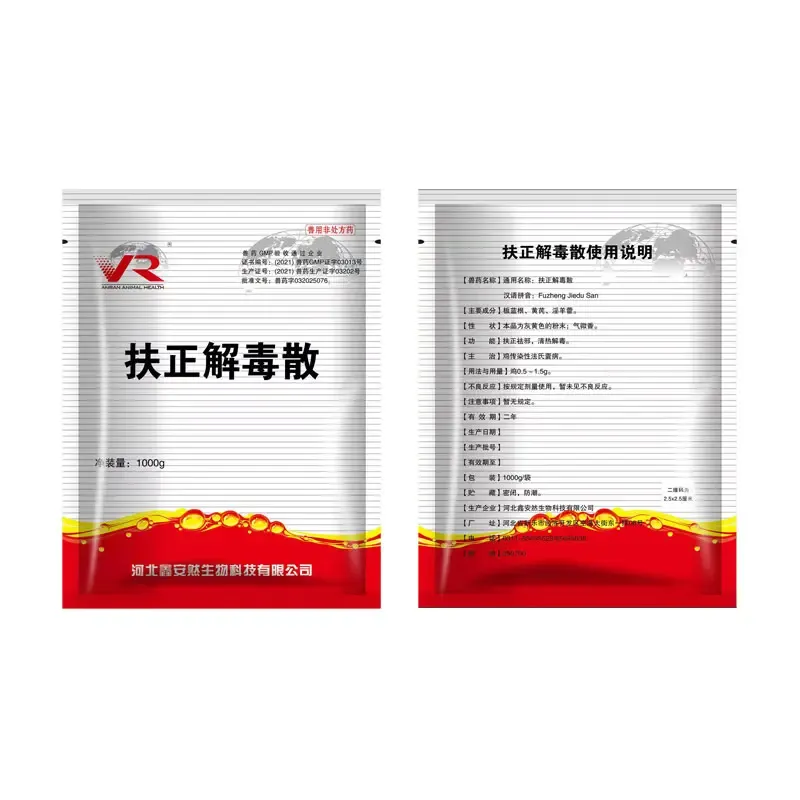- Afrikaans
- Albanian
- Amharic
- Arabic
- Armenian
- Azerbaijani
- Basque
- Belarusian
- Bengali
- Bosnian
- Bulgarian
- Catalan
- Cebuano
- Corsican
- Croatian
- Czech
- Danish
- Dutch
- English
- Esperanto
- Estonian
- Finnish
- French
- Frisian
- Galician
- Georgian
- German
- Greek
- Gujarati
- Haitian Creole
- hausa
- hawaiian
- Hebrew
- Hindi
- Miao
- Hungarian
- Icelandic
- igbo
- Indonesian
- irish
- Italian
- Japanese
- Javanese
- Kannada
- kazakh
- Khmer
- Rwandese
- Korean
- Kurdish
- Kyrgyz
- Lao
- Latin
- Latvian
- Lithuanian
- Luxembourgish
- Macedonian
- Malgashi
- Malay
- Malayalam
- Maltese
- Maori
- Marathi
- Mongolian
- Myanmar
- Nepali
- Norwegian
- Norwegian
- Occitan
- Pashto
- Persian
- Polish
- Portuguese
- Punjabi
- Romanian
- Russian
- Samoan
- Scottish Gaelic
- Serbian
- Sesotho
- Shona
- Sindhi
- Sinhala
- Slovak
- Slovenian
- Somali
- Spanish
- Sundanese
- Swahili
- Swedish
- Tagalog
- Tajik
- Tamil
- Tatar
- Telugu
- Thai
- Turkish
- Turkmen
- Ukrainian
- Urdu
- Uighur
- Uzbek
- Vietnamese
- Welsh
- Bantu
- Yiddish
- Yoruba
- Zulu
Gru . 29, 2024 09:49 Back to list
Exploring the Applications and Effects of Gentamicin Sulfate in Clinical Settings
Gentamicin Sulfate An Overview
Gentamicin sulfate is a broad-spectrum aminoglycoside antibiotic that is commonly used in clinical settings to treat a variety of infections caused by aerobic Gram-negative bacteria. Discovered in the 1960s, gentamicin is derived from the bacterium Micromonospora purpurea and has become an essential tool in modern medicine due to its efficacy and potency.
Gentamicin operates by inhibiting bacterial protein synthesis, a crucial process for bacterial growth and replication. It binds to the 30S ribosomal subunit of susceptible bacteria, leading to the misreading of messenger RNA (mRNA) and therefore the production of faulty proteins. This action not only prevents bacterial growth but can also result in bacterial cell death, making gentamicin bactericidal in nature.
The spectrum of activity of gentamicin makes it a valuable treatment option for severe infections, especially those caused by organisms such as Escherichia coli, Klebsiella, Pseudomonas aeruginosa, and Enterobacter species. It is often reserved for serious infections like septicemia, pneumonia, meningitis, and infections in immunocompromised patients. Given its effectiveness against multidrug-resistant strains, gentamicin is particularly important in intensive care settings.
gentamicin sulfate 1

Gentamicin is typically administered via intramuscular or intravenous injection, but it may also be used topically for certain infections. The dosing regimen can vary based on the patient’s age, weight, kidney function, and the severity of the infection. It is crucial for healthcare providers to monitor drug levels in the bloodstream to avoid toxicity, especially nephrotoxicity and ototoxicity, which are known potential side effects. These adverse effects arise primarily when dosing is inappropriate or when the treatment is prolonged.
Given the potential for toxicity, gentamicin is often used in conjunction with other antibiotics to optimize treatment and minimize the risk of resistance development. This combination therapy is particularly common in treating polymicrobial infections or infections in immunocompromised patients. The synergy between gentamicin and other antibiotics can enhance bacterial eradication and improve patient outcomes.
Despite its benefits, gentamicin's use has raised concerns over antibiotic resistance. The emergence of resistant strains of bacteria poses a significant challenge in treatment options. Therefore, judicious use of gentamicin—as with all antibiotics—is essential to preserve its effectiveness for future generations. Antimicrobial stewardship programs within healthcare settings aim to monitor and optimize antibiotic use, focusing on appropriateness and minimizing unnecessary prescriptions.
In conclusion, gentamicin sulfate remains a cornerstone in the treatment of serious bacterial infections in modern medicine. Its broad-spectrum efficacy, particularly against resistant Gram-negative bacteria, makes it an invaluable tool, especially in critical care. However, the risks of toxicity and the challenge of antibiotic resistance necessitate careful consideration in its use. Ongoing research and monitoring are vital to ensure gentamicin continues to be a safe and effective option in the antibiotic arsenal, safeguarding its efficacy for future medical needs.
-
Guide to Oxytetracycline Injection
NewsMar.27,2025
-
Guide to Colistin Sulphate
NewsMar.27,2025
-
Gentamicin Sulfate: Uses, Price, And Key Information
NewsMar.27,2025
-
Enrofloxacin Injection: Uses, Price, And Supplier Information
NewsMar.27,2025
-
Dexamethasone Sodium Phosphate Injection: Uses, Price, And Key Information
NewsMar.27,2025
-
Albendazole Tablet: Uses, Dosage, Cost, And Key Information
NewsMar.27,2025













